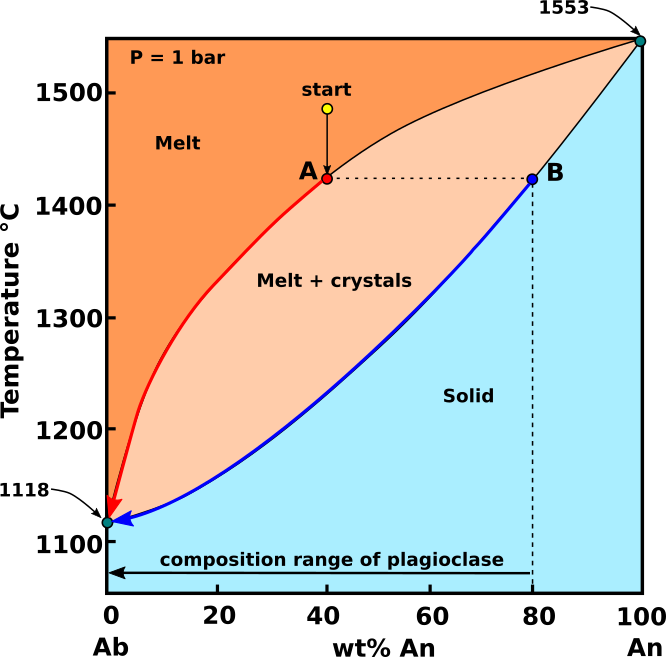

But, different web browsers have different quirks. This means you use your browser’s back button/arrow to return you to where you started. With the exception of some links in the last chapter, all pages in this book open in the same window. The pages also contain many internal links. To aid navigation, this book contains a robust table of contents that will always be present on the right side of your screen. In particular, I consulted the following (listed from newest to oldest) as I was writing: Principles of Igneous and Metamorphic Petrology (Philpotts and Ague, 2022), An Introduction to Metamorphic Petrology (Yardley, 2021), Earth Materials (Perkins et al., 2019), Essentials of Igneous and Metamorphic Petrology (Frost and Frost, 2019), Mind over Magma: The Story of Igneous Petrology (Young, 2019), Principles of Igneous and Metamorphic Petrology (Winter, 2015), Volcanoes: Global Perspectives (Lockwood and Hazlett, 2010), Petrology: The Study of Igneous, Sedimentary, and Metamorphic Rocks (Raymond, 2007), Mineralogy (Perkins, 2011), Mineralogy and Optical Mineralogy (Dyar et al., 2008), Petrology (Blatt et al., 2005), Metamorphic Phase Equilibria and Pressure-Temperature-Time Paths (Spear, 1993), Using Geochemical Data-Evaluation, Presentation, Interpretations (Rollinson, 1993). Most of the content of this book can be found in any number of other textbooks. I am grateful to all these individual for sharing. Budge, Lysippos, Madereugeneandrew, Michael C. Jones, Daniel Mayer, Didier Descouens, Ethan Baxter, Graeme Churchard, Kent G. Two or more images of various sorts came from: Woudloper, Chmee2, Kurt Hollocher, Arlette, Brocken Inaglory, Kurt Hollacher, Marli Miller, Mx Granger, Robert M. Many thin-section photos came from Alessandro Da Mommio and Frank Mazdab. A large number of rock photos came from James St.


Although we have put figure credits at the end of every chapter, a number of individuals deserve special recognition for all the terrific photos they have shared.
#PHASE DIAGRAMS GEOLOGY LICENSE#
Half the photos came from Wikimedia Commons or others websites where selfless individuals have made their material available under a Creative Commons license for educational purposes. As of March 2022, the book contains just about 1,000 figures. The visuals, especially the photos, are one of the things that make this book what it is. Read more about limits on use by clicking on the Creative Commons link in blue above. Copy what you wish for handouts, add our images and drawings to labs or lectures – do any of that without a worry.

Classroom and class use do not require attribution. It is intended for educational purposes only. This work is licensed under a Creative Commons Attribution-NonCommercial-ShareAlike 4.0 International License. If you find this book of value, you may wish to check out the companion Open Mineralogy text. We have included less thermodynamics, geochemistry, and petrophysics than in some other books. Overall, we have focused on rocks – how they form, where they form, and what they look like. For example, we have included more volcanology. Many excellent and comprehensive Petrology books are available in print today. In addition to the principal author, significant contributions came from Elizabeth Perkins, Rebecca May, Sarah Brandt, Morgan Rach, Paige Tibke, Douglas Perkins, and Kevin Henke. Dexter Perkins, University of North Dakota (April 2022)įolded Archean gneiss, Teton Range, Wyoming photo is approximately 60 cm across


 0 kommentar(er)
0 kommentar(er)
